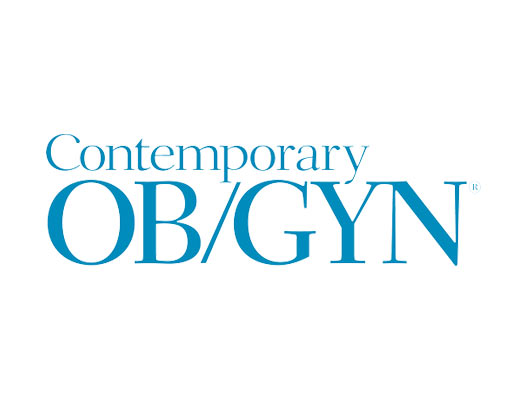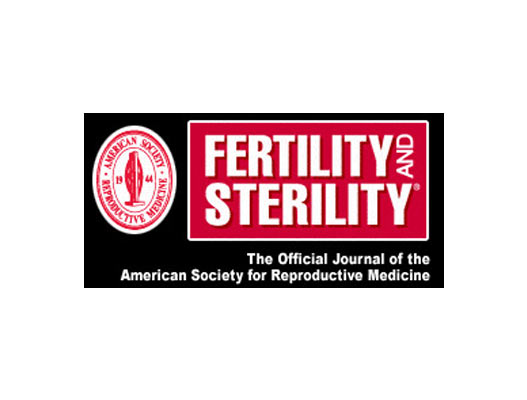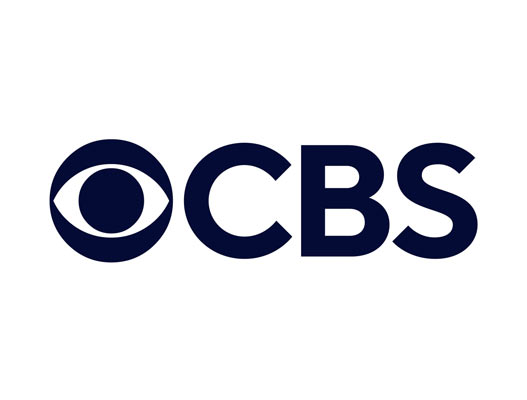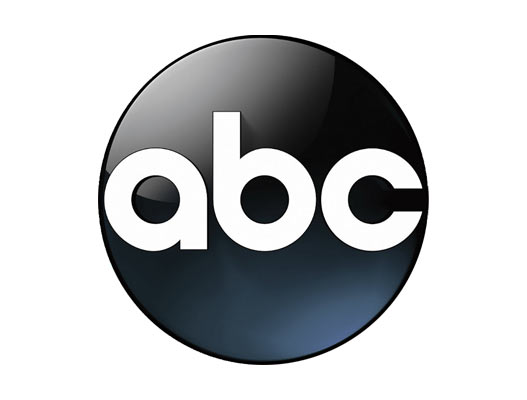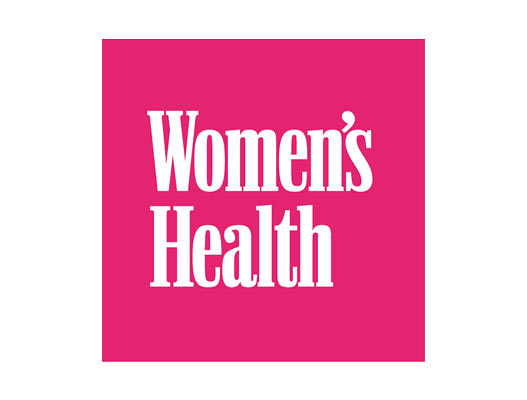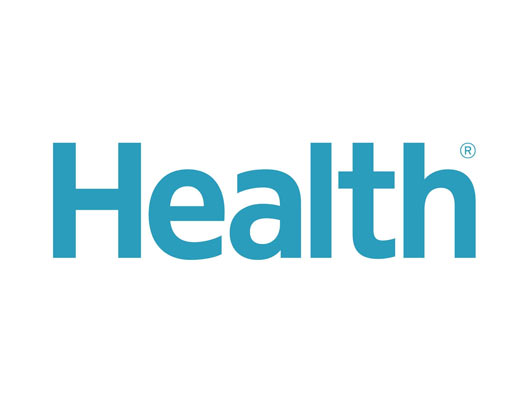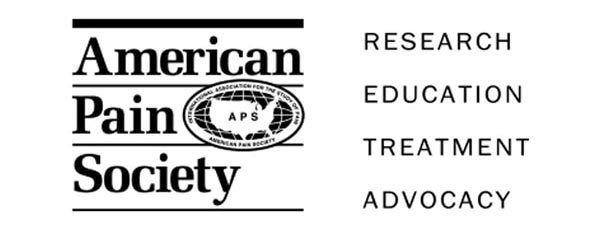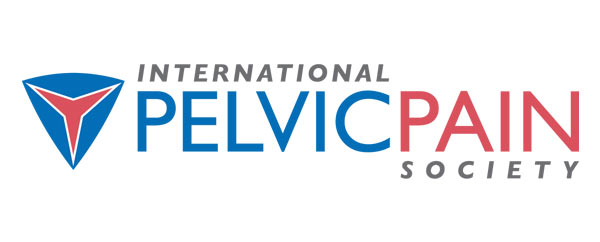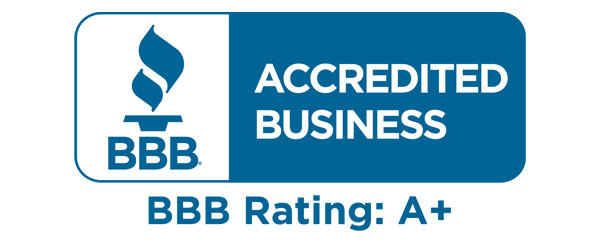Opening Blocked Fallopian Tubes – Naturally
Unlocking the Path to Pregnancy
A Natural Treatment for Blocked Fallopian Tubes
Discover our natural approach to open tubal blockages and enhance fertility without surgery. Clear Passage®️, a pioneer with three decades of experience, has successfully restored function to hundreds of totally blocked tubes, including those with hydrosalpinx (swollen tubes).
Our therapy’s impact goes beyond just statistics. By viewing dozens of “before and after” tests, we can actually see the remarkable transformations we achieved in two areas:
- opening blocked the tubes, and
- creating a more hospitable environment for implantation
Photographic Results
Opening Blocked Fallopian Tubes

In the LEFT IMAGE (Before Therapy), dye enters the white area showing the inner walls of the uterus but cannot exit (shown in red circles); these tubes are totally blocked.
In the RIGHT IMAGE (After Therapy) dye fills the uterus, then exhibits ‘free spillage’ as it pours out of both fallopian tubes (shown in green circles); these tubes are wide open, capable of pregnancy.
Improving the Uterus

In the LEFT IMAGE (Before Therapy) dye shows the inner walls of a uterus that is quite narrowed, squeezed by adhesions (in red circle). This woman will have more difficulty conceiving or carrying a baby to full term, with a greater risk of miscarriage.
In the RIGHT IMAGE (After Therapy), dye now fills her uterus, freed from constricting adhesions (in green circle). The increased mobility creates a much more relaxed organ, more capable of accepting an implanted embryo and carrying it to full term.
Why Choose Clear Passage?
Experience hands-on therapy at Clear Passage®️, where our non-surgical approach feels like deep site-specific pressure. This technique targets and reduces adhesions, the primary cause of blocked tubes.
“Over 1,000 babies have been born to women once diagnosed as infertile after undergoing our treatment.”
Larry Wurn
Unusual in complementary treatments, Clear Passage® has been cited in 20 published studies with excellent results increasing fertility and improving sexual function. In a large study, we opened tubes in 143 (of 235) women who came to us with total tubal occlusion (both tubes were completely blocked). Most of them became pregnant naturally within a year after we opened their tubes. We regularly open swollen tubes; our success in opening tubes is 69% for women who have never had surgery on their tubes.
Causes and Frequency
Adhesions are a leading cause of tubal blockage. These internal scars can result from pelvic inflammatory disease (PID), endometriosis, infections, prior surgeries, or ectopic pregnancies. After they form, adhesions can remain in the body for a lifetime. When they form at the distal end of the tube (near the ovary), they can cause swelling of the tube in a condition called hydrosalpinx. Adhesions can form and spread into any part of the tube, and anywhere in the pelvis. Wherever they form, they can squeeze reproductive structures or attach them to other structures, further decreasing fertility and sometimes causing pain.
Comparing Treatment Options
This website page discusses tubal occlusion (or tubal blockages) in more detail and compares Clear Passage® therapy with IVF. This page examines the options of removing your blocked tube(s) vs. undergoing Clear Passage® therapy.
Recognizing Symptoms and Diagnosis
While blocked tubes often present no symptoms, some women may experience persistent abdominal pain or face difficulty conceiving after a year of unprotected intercourse. There are just two ways to diagnose blocked tubes or hydrosalpinx: direct visualization during surgery, or (less invasive) imagining.
During a hysterosalpingogram (HSG), contrast dye is injected into the uterus and an X-ray shows if it has traveled through the tubes and produced “free spillage” of the dye around the uterus – indicating an open and functional tube. An ultrasound can also diagnose a hydrosalpinx via a Hysterosalpingo Contrast Sonography (HyCoSy). In this procedure, fluid containing small bubbles is placed into the uterine cavity. Watching the ultrasound images, the provider can see if the fluid flows through the fallopian tubes and spills around the ovaries.
Success Stories and Statistics
In a comprehensive study published in 2015, Clear Passage®️ effectively opened tubes in 61% (143 of 235) of women with total bilateral occlusion—both tubes entirely blocked. Of these, 81 became pregnant (80 naturally and 1 by IVF), showcasing a 57% success rate. Remarkably, the therapy demonstrated success in 69% of women with no prior tubal surgery and 35% in those with previous surgeries directly on their tubes.
"You succeeded in breaking up adhesions that blocked my tubes and in such a short amount of time. The tests confirm this and I was even able to achieve a pregnancy all because of your remarkable work."
Chandra
7 Steps to Getting Pregnant with Blocked Fallopian Tubes
- Understanding Your Condition: Learn about the impact of fallopian tube blockages on fertility.
- Consult with Clear Passage®: Schedule a free consultation with to see if you qualify for therapy and a personalized treatment plan.
- Treatment for This Condition: Participate in Clear Passage’s unique hands-on physical therapy.
- Follow the Treatment Regimen: Adhere strictly to the therapy sessions and guidelines provided.
- Monitor Progress: Regularly check the effectiveness of the treatment with medical evaluations.
- Evaluate Fertility Status: Assess improvements in fertility after therapy.
- Plan for Pregnancy: Proceed with natural conception or assisted reproductive techniques.
Your Journey to Pregnancy Starts Here
Click here to view our infertility success rates and video testimonials. Complete the online Request Consultation form to share your medical history for an intelligent conversation about your case, at no charge.
Unlock the path to natural fertility with Clear Passage Physical Therapy’s Free Consult and Request Info – discover their groundbreaking, non-surgical approach that has successfully opened blocked fallopian tubes for hundreds of women, potentially saving you from risky procedures and offering hope for a natural pregnancy. To learn more visit our Apply to Therapy page.
Related Content:
- Blocked Fallopian Tubes
- Blocked Fallopian Tubes After Chlamydia
- Effective Nonsurgical Treatment for Blocked Fallopian Tubes?
- Patient Story: Two Natural Pregnancies After Blocked Fallopian Tubes
- Blocked Fallopian Tubes Naturally
- Study Shows New Therapy Opens Blocked Fallopian Tubes, Returns Fertility Without Surgery
- 7 Myths About Blocked Fallopian Tubes
- Physical Therapists Open Blocked Fallopian Tubes Without Surgery
- You Have Blocked Fallopian Tubes, Do You Need Surgery to Remove Them?
- Patient Story – Blocked Fallopian Tubes
- Opening Blocked Fallopian Tubes
- Opening Blocked Fallopian Tubes – Surgical vs. Natural
- Study Shows Alternative Therapy for Infertility Opens Blocked Fallopian Tubes Without Surgery
- The Three Types of Fallopian Tube Blockages
- VIDEO: Opening Blocked Fallopian Tubes – Naturally



